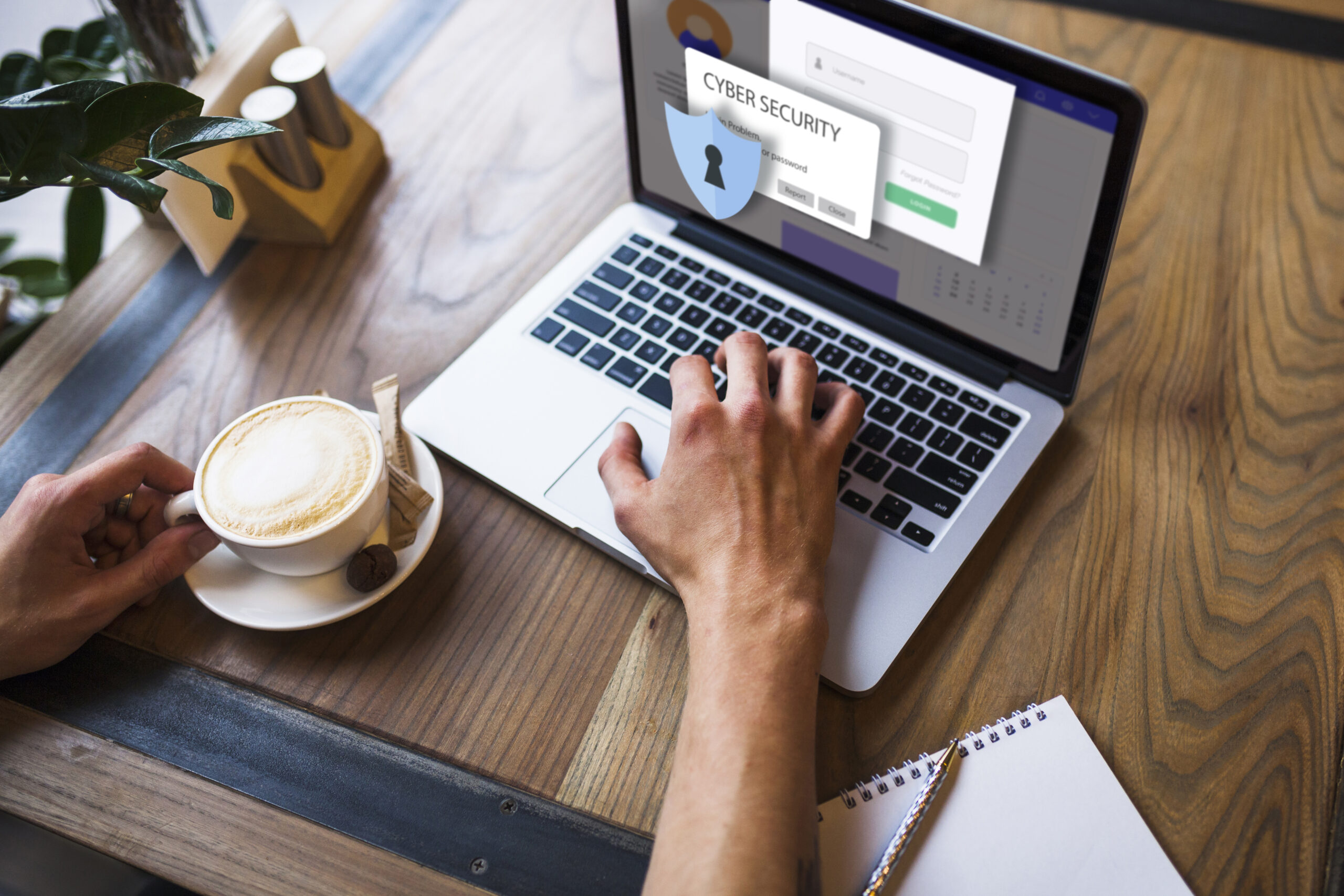
The Discovery of Security Vulnerability in Video Streaming Traffic Patterns
Cybersecurity researcher Ran Dubin has uncovered a significant security vulnerability in the traffic patterns of a popular video-streaming protocol used by major platforms like YouTube. This vulnerability reveals that interested parties can still discern the specific videos that individuals have watched, despite the implementation of encryption techniques to protect user data.
Unconventional Monitoring Techniques and Traffic Pattern Analysis
Dubin’s approach deviates from traditional monitoring methods. Instead of scrutinizing unencrypted data, exploiting protocol vulnerabilities, or examining individual data packets, he focuses solely on analyzing traffic patterns. His meticulous research, aimed at optimizing Internet Service Providers’ (ISPs) services for better video-watching experiences, led him to a startling realization. ISPs have the capability to determine the exact titles of the videos users watch.
Deciphering Video Streaming Patterns and Protecting User Privacy
During interactions with YouTube’s video-streaming service, web browsers undertake two crucial actions. Firstly, they establish an encrypted channel with YouTube to facilitate data transfer. Secondly, they request and receive small segments of video at varying quality levels, dependent on the user’s network speed. Despite encryption measures, the encoding mechanisms generate sufficient data for astute passive observers to discern an individual’s viewing activities. If the wrong hands obtain this information, they could exploit it, potentially resulting in privacy breaches, targeted advertising, or even discrimination.
The Unique Signature of Each Video and Passive Traffic Analysis
Dubin’s research reveals that while a video is loading, any entity monitoring the connection—be it an ISP, a Wi-Fi network eavesdropper, or a government agency—can decipher the distinct patterns of encrypted data flow over time. When videos are downloaded in fragmented chunks, they cause these patterns to emerge, resulting in peaks and periods of silence in the traffic flow. By assessing the number of bits-per-peak, which factors such as color variations or rapid movements within a video chunk can determine, analysts establish a unique signature for each video, enabling them to identify it.

Privacy Concerns and Potential Exploitation
While it may appear challenging to compile a comprehensive list of all the videos available on YouTube, particularly considering the vast amount of new content uploaded every minute, it is plausible to create such a list for popular or specific-interest videos. This raises significant privacy concerns because individuals with specific viewing habits could become targets, get categorized, or experience discrimination. Whether it’s political content, information on sensitive health conditions, or videos related to addiction and cessation, the potential consequences of passive analysis are troubling.
The Mechanics of Passive YouTube Traffic Analysis
We can draw an analogy between passive YouTube traffic analysis and an observer tracking packages delivered to one’s doorstep. Even though each package possesses distinct characteristics, an astute observer can match them to a catalog of known packages. This allows them to deduce the contents without ever opening them. Similarly, during YouTube usage, each video segment carries a unique signature and includes the IP addresses of both the sender (YouTube) and the receiver (the user). By leveraging these IP addresses, an observer can ascertain whether a package corresponds to a specific YouTube video and even identify the user’s identity.
Real-Time Prediction and Challenges
According to Dubin’s research, individuals can predict even partial video views with accuracy, potentially in real time. By monitoring approximately 30 to 40 seconds of watch time, individuals can feasibly determine the specific video being viewed. Although the mass monitoring of videos is technically possible, it is a resource-intensive process. Observers would need to compile extensive lists of videos to identify and analyze, which can be laborious. Nonetheless, variable network conditions and the probabilistic nature of the analysis pose challenges, including packet loss and network delays.
Extending Beyond YouTube and Safeguarding Privacy
Dubin’s findings have shed light on vulnerabilities within YouTube’s video-streaming protocol. However, it is important to recognize that similar passive traffic analysis techniques could potentially apply to other services, including Netflix, Facebook, or Spotify. To protect one’s online viewing habits, Dubin recommends leveraging tools like VPNs or the Tor network. By utilizing these privacy-enhancing measures, users can obfuscate their IP addresses, making identification considerably more challenging. VPNs, in particular, mix user traffic with that of numerous other users, rendering individual identification nearly impossible.
The Significance of Metadata and Mitigating Risks
Even with encryption in place, encrypted data still carries metadata. When streaming YouTube videos over HTTPS, this metadata encompasses timestamps, IP addresses, video size, video length, and the transmission pattern of the data. Proxy networks like VPN aid in stripping this metadata by either obfuscating it or routing it through multiple layers of proxies. This way can ensure an additional layer of protection for user privacy.
FAQs:
- What is the security vulnerability in video streaming?
- The video streaming security vulnerability identifies specific watched videos through traffic pattern analysis.
- How can individuals use traffic patterns to identify specific videos?
- Traffic patterns in video streaming protocols generate unique signatures for each video, allowing passive observers to decipher the specific videos being watched based on the flow of encrypted data.
- What are the privacy concerns associated with this vulnerability?
- The privacy concerns arise from the potential for individuals’ viewing habits to be targeted, categorized, or exploited. This could lead to privacy breaches, targeted advertising, or even discrimination based on sensitive content.
- Can this vulnerability affect other video streaming platforms?
- While the article focuses on YouTube, similar passive traffic analysis techniques could potentially apply to platforms like Netflix, Facebook, or Spotify.
- What measures can individuals take to protect their online viewing privacy?
- Users can protect their privacy by utilizing tools like VPN, which obfuscate IP addresses and make individual identification more challenging.

